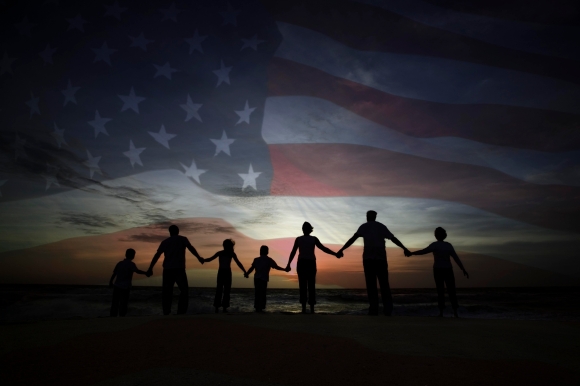By Gini Dietrich
How many of you love to receive spam email?
How do you like it when you meet someone and he automatically adds you to his newsletter list?
How many of you love to get information that talks all about the sender and tells you nothing valuable?
How often do you unsubscribe from email lists and newsletters?
How many of you know organizations that push their messages via social media, but don’t use it to engage, network, or build a community? I’d venture to guess every one of you.
If you are with me—you hate this stuff—I want to know why you do it to others when you get behind your computer at work.
Some examples
I ask these questions when I speak, particularly when I do three- or four-hour workshops. It allows me to dig deep into why people do this at work, but hate it as a consumer or buyer.
A few weeks ago, I did some research on different customer relationship management programs for a client. I spoke to five different companies. Of the five, three added me to their newsletter list without my permission, simply because I called looking for additional information.
And last week, I received an email from a company telling me it added me to an email distribution list and to let someone know if it wasn’t OK. This is not a company I’ve ever communicated with. Someone just decided I was a good target and went ahead and added me.
But I guess it makes it OK if someone tells me he added me?
I’m sure this is a sales technique of some sort. Maybe it’s to see if I check my email and, if I respond (even if it’s to say it’s not OK they added me to their lists), they know it’s a viable email address.
Or maybe it’s a list-building tactic, which means the organization is focused on the wrong things.
I’ve become afraid to answer emails from strangers at all.
Why is it that all of us hate this, but a good majority of us do it when it comes to online marketing?
The 10 commandments of online etiquette
Perhaps there isn’t a one-size-fits-all equation, and maybe you’re simply focused on numbers instead of conversions, but I’d like to think there is some online etiquette we all should consider.
Therefore, I created the 10 commandments of online etiquette:
1. Thou shalt not add anyone to a newsletter list without his or her consent.
2. Thou shalt not send a LinkedIn invite that says, “I’d like to add you to my professional network.”
3. Thou shalt not post news releases as blog posts.
4. Thou shalt not talk about yourself in communications.
5. Thou shalt not use Twitter, Facebook, Google+, and LinkedIn accounts as news feeds for an organization.
6. Thou shalt not create newsletters that talk about how great you, your leadership, products, or services are without putting them in the context of the buyer.
7. Thou shalt not build lists, fans, followers, connections or circles just for the sake of numbers.
8. Thou shalt not abuse your online power.
9. Thou shalt not email bloggers, journalists, influencers, or target audiences without doing research, building relationships, and giving them something of value.
10. Thou shalt not engage in black hat email marketing.
What else would you add?
Gini Dietrich is founder and CEO of Arment Dietrich, Inc. A version of this article originally ran onSpin Sucks.



